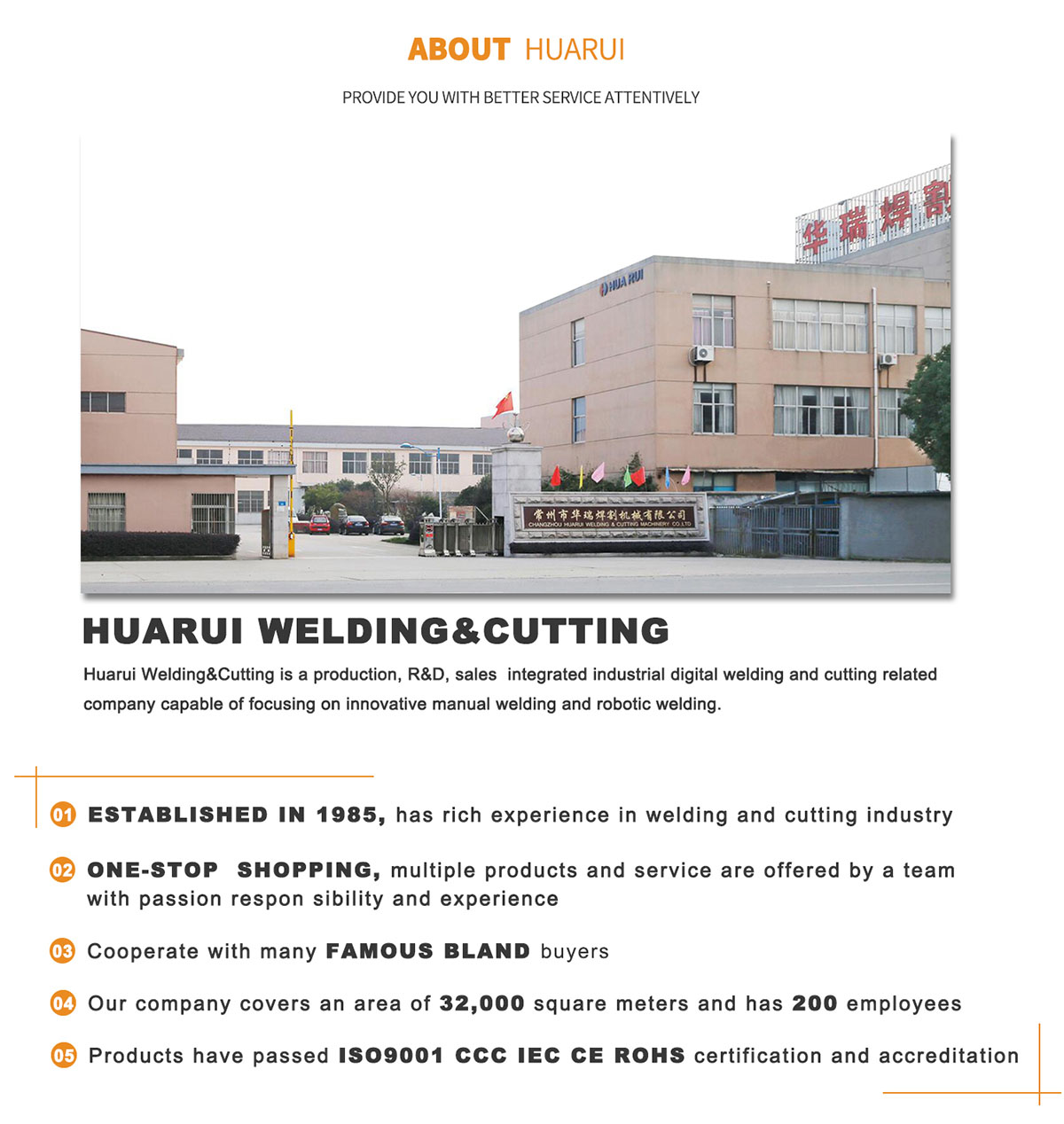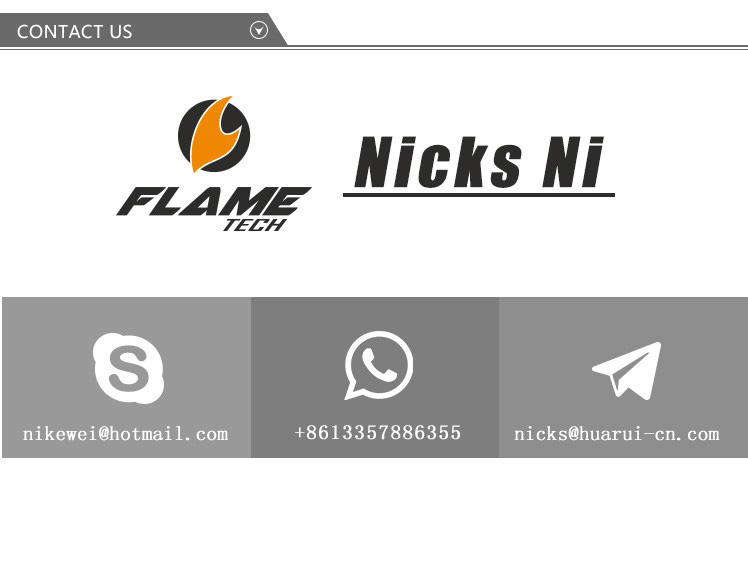 E-MAIL
E-MAIL
1.Anneal
1. Treatment Method:
The steel parts are heated to a temperature below Ac3 +30 ~ 50℃ or Ac1+30 ~ 50℃ or Ac1, and generally cooled slowly with the furnace after thorough burning and heat preservation.
2. Purpose:
① Reduce hardness, improve plasticity, improve cutting and pressure processing performance;
② Refine grain, improve mechanical properties, prepare for the next step;
③ Eliminate the internal stress caused by hot and cold processing.
3. Application:
① Applicable to alloy structural steel, carbon tool steel, alloy tool steel, high-speed steel and other forgings, welding parts and supply of unqualified raw materials;
② Generally annealed in blank state.
2. normalizing
1. Treatment Method:
The steel parts are heated to 30 ~ 50℃ above Ac3 or Accm, and the cooling rate is slightly greater than that of annealing after insulation.
2. Purpose:
The purpose of normalizing is similar to annealing.
3. Application:
Normalizing is usually used as a pre-heat treatment process for forgings, welds and carburized parts. For low carbon and medium carbon carbon structural steel and low alloy steel parts with low performance requirements, it can also be used as the final heat treatment. For general medium and high alloy steels, air cooling can lead to complete or partial quenching and therefore cannot be used as the final heat treatment process.
3.quenching
1. Treatment Method:
The steel is heated to a phase change temperature of Ac3 or Ac1, held for a certain time, and then quickly cooled in water, nitrate, oil or air.
2. Purpose:
Quenching is generally to obtain a high hardness of martensitic structure, and sometimes for some high alloy steels (such as stainless steel, wear-resistant steel) quenching, it is to obtain a single uniform austenitic structure to improve its corrosion resistance and wear resistance.
3. Application:
① Generally used for carbon steel and alloy steel with ω greater than 0.30%;
②Quenching can give full play to the strength and corrosion resistance potential of steel, but at the same time it will cause a lot of internal stress, reduce the plasticity and impact toughness of steel, so it is necessary to temper in order to obtain better comprehensive mechanical properties.
4. Tempering
1. Treatment Method:
The quenched steel is reheated to Ac, the following temperature, after insulation, in air or oil, hot water, water cooling.
2. Purpose:
① Reduce or eliminate the internal stress after quenching, reduce the deformation and cracking of the workpiece;
② Adjust the hardness, improve the plasticity and toughness, and obtain the mechanical properties required by the work;
③ Stabilize the workpiece size.
3. Application:
① Low temperature tempering is used to maintain the high hardness and wear resistance of the steel after quenching; Moderate temperature tempering is used to improve the elasticity and yield strength under the condition of maintaining a certain toughness; To maintain high impact toughness and plasticity, but also have enough strength with high temperature tempering. Public number "Mechanical Engineering Literature", the engineer's gas station!
② General steel try to avoid at 230~280 ° C, stainless steel between 400 ~ 450 ° C tempering, because this will produce a tempering brittleness.
5.modulation
1. Treatment Method:
High temperature tempering after quenching is called tempering, that is, the steel is heated to a temperature of 10 to 20 ° C higher than the quenching, the quenching after holding the heat, and then the tempering at a temperature of 400 to 720 ° C.
2. Purpose:
① Improve the cutting performance and improve the finish of the machined surface;
② Reduce the deformation and cracking during quenching;
③ Good comprehensive mechanical properties are obtained.
3. Application:
① Suitable for alloy structural steel, alloy tool steel and high-speed steel with high hardenability;
② It can not only be used as the final heat treatment of various more important structural parts, but also as the pre-heat treatment of some precision parts, such as the lead screw, to reduce deformation.
6.ageing
1. Treatment Method:
The steel parts are heated to 80~200℃, held for 5~20h or longer, and then taken out to cool in the air.
2. Purpose:
① Stabilize the microstructure of steel parts after quenching, reduce the deformation during storage or use;
② Reduce the internal stress after quenching and grinding, and stabilize the shape and size.
3. Application:
① Suitable for all kinds of steel after quenching;
② It is often used in precision work that requires the shape to no longer be deformed, such as precision lead screws, measuring tools, bed boxes, etc.
7.Cooling treatment
1. Treatment Method:
The quenched steel parts are cooled to -60~-80℃ or lower in low temperature media (such as dry ice, liquid nitrogen), and the temperature is uniform after taking out the temperature to room temperature.
2. Purpose:
① All or most of the residual austenite in the hardened steel is transformed into martensite, thereby improving the hardness, strength, wear resistance and fatigue limit of the steel;
② Stabilize the structure of the steel to stabilize the shape and size of the steel parts.
3. Application:
① Steel parts should be cold treated immediately after quenching, and then tempered by low temperature to eliminate the internal stress during low temperature cooling;
② Cold treatment is mainly suitable for precision cutting tools, measuring tools and precision parts made of alloy steel.
8.Flame heated surface
1. Treatment Method:
The flame of oxygen-acetylene gas mixture combustion is sprayed onto the surface of the steel, rapidly heated, and immediately sprayed when the quenching temperature is reached.
2. Purpose:
Improve the surface hardness, wear resistance and fatigue strength of steel parts, and the heart remains ductile.
3. Application:
① It is mostly used for medium carbon steel parts, and the depth of the quenched layer is generally 2-6mm;
②It is suitable for large workpieces produced in a single piece or small batch and workpieces requiring local quenching.
9.Induction heating surface hardening
1. Treatment Method:
The steel is placed in the sensor, so that the surface of the steel generates an induced current, which is heated to the quenching temperature in a very short time, and then immediately sprayed with water to cool.
2. Purpose:
Improve the surface hardness, wear resistance and fatigue strength of steel parts, and the heart remains ductile.
3. Application:
① Mostly used in medium carbon steel and medium carbon alloy structural steel parts;
② Due to the skin effect, the high-frequency induction heating hardening layer is generally 1-2mm, the medium frequency induction heating hardening is generally 3-5mm, and the power frequency induction heating hardening is generally greater than 10mm.
10.carburization
1. Treatment Method:
The steel parts are placed in the carburizing medium, heated to 900 ~ 950℃ and heat preservation, so that the surface of the steel parts to obtain a certain concentration and depth of carburizing layer.
2. Purpose:
Improve the surface hardness, wear resistance and fatigue strength of steel parts, and the heart remains ductile
3. Application:
① It is mostly used for low carbon steel and low composite steel parts with carbon content of 0.15% ~ 0.25%, and the general carburizing layer is 0.5 ~ 2.5mm;
②After carburizing, the surface must be quenched to obtain martensite in order to achieve the purpose of carburizing.
11.
1. Treatment Method:
Using active nitrogen atoms decomposed by ammonia gas at 500 ~ 600℃. The surface of the steel is saturated with nitrogen to form a nitriding layer.
2. Purpose:
Improve the hardness, wear resistance, fatigue strength and corrosion resistance of the steel surface.
3. Application:
It is mainly used in medium carbon alloy structural steel containing aluminum, chromium, molybdenum and other alloying elements, as well as carbon steel and
cast iron. Generally, the depth of the nitriding layer is 0.025 ~ 0.8mm.
12.Nitrocarburizing
1. Treatment Method:
Carburizing and nitriding the steel surface simultaneously.
2. Purpose:
Improve the hardness, wear resistance, fatigue strength and corrosion resistance of the steel surface.
3. Application:
① Mostly used in low carbon steel, low alloy structural steel and tool steel parts. Generally, the depth of nitriding layer is 0.02 ~ 3mm;
② After nitriding, quenching and low temperature tempering are also required.

HUARUI alibaba shop:
https://topwelding.en.alibaba.com
https://czhuarui.en.alibaba.com


 master@huarui-cn.com
master@huarui-cn.com 86-519-86371071
86-519-86371071 86-519-86371072
86-519-86371072
View More(Total0)Comment Lists